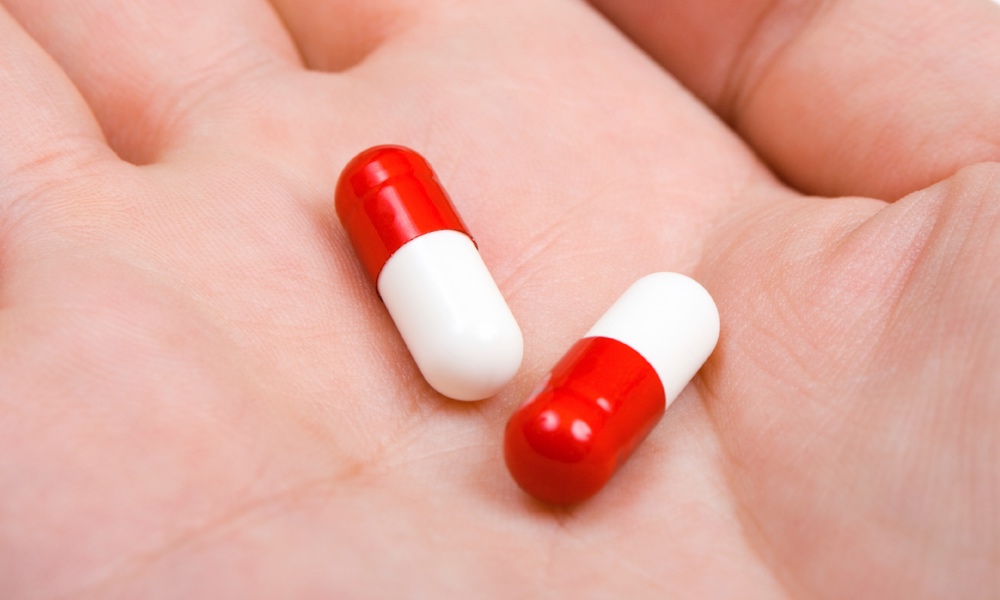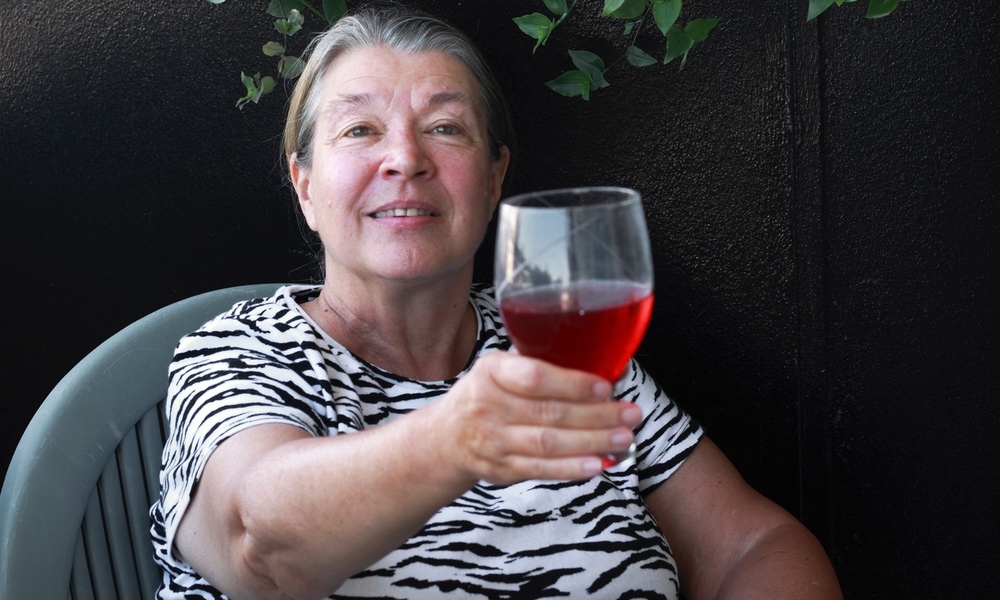Here's proof that doctors care more about their patients' safety than their own. A study has found that doctors tended to ignore signs asking them to wash their hands for the sake of their own health; when they were reminded that not washing put their patients' health at risk, they were far more willing to oblige.
Whatever was going through the doctors' minds, an appeal to patient safety got their attention much better than an appeal to their personal safety. Soap use rose by over 45%.
The amount of soap used from dispensers with the patient safety sign rose by over 45% in the two weeks after the sign went up. But it decreased slightly from dispensers with signs reminding the doctors of their own safety.
Hospital-acquired infections are on the rise. They decrease when doctors wash their hands more frequently. So figuring out what works best at getting them to do so could have a major impact on patient health.
They measured the amount of soap or sanitizing gel that was used from 66 dispensers available to doctors and nurses over a two-week period. Then they refilled the dispensers, placed signs near them and measured how this amount changed over the next two weeks.
Three different signs were used:
- Personal Safety: Hand hygiene prevents you from catching diseases.
- Patient Safety: Hand hygiene prevents patients from catching diseases.
- Control: Gel in, wash out.
The amount of soap used from dispensers with the patient safety sign rose by over 45% in the two weeks after the sign went up. But it decreased slightly from dispensers with signs reminding the doctors of their own safety.
The percentages of soap used from each dispenser type were: for dispensers with the control sign, 38.1% before the test, 40.1% after; for the patient safety sign, 37.3% before and 54.2% after; for the personal safety sign, 35.5% before and 34.0% after.
Before the signs went up, doctors and other health care workers washed their hands about 80% of the time after patient contact. This remained the same in the units with the personal safety sign, but rose to over 89% in units displaying the patient safety sign. Once again, reminding doctors of their patients increased hand washing, but reminding them of their own personal risk didn't.
Since they're psychologists, the researchers are interested in what is going on in the doctors' minds when they see these signs. They suspect that emphasizing personal risk of disease doesn't work because doctors feel a kind of invulnerability to disease: they're frequently exposed to it, but rarely get sick. Whether the patient risk signs worked because they reminded doctors of their duty or because doctors truly care about their patients can't be determined from these findings. But the signs did work, at least in the short term.
From a practical standpoint, the study suggests an inexpensive, low-tech way to get doctors to wash their hands more often. And it also suggests that other attempts to do so should focus on getting doctors to think about their patients. Now to tackle the problem of germs carried into medical facilities by cell phones.
An article on the study was published online by Psychological Science on November 10, 2011 and will also appear in a future print edition of the journal.




